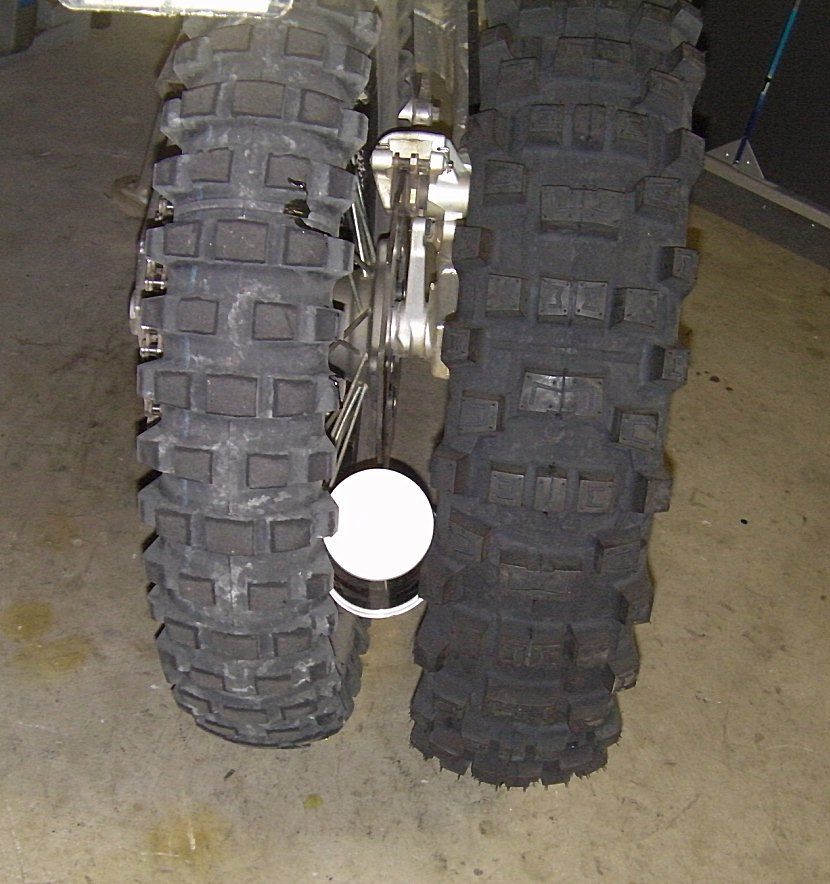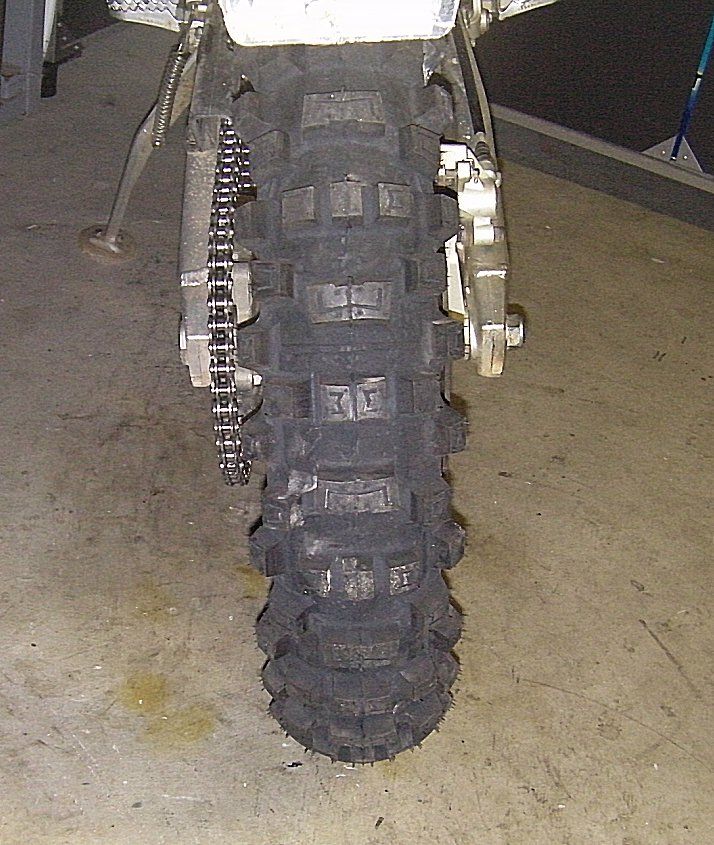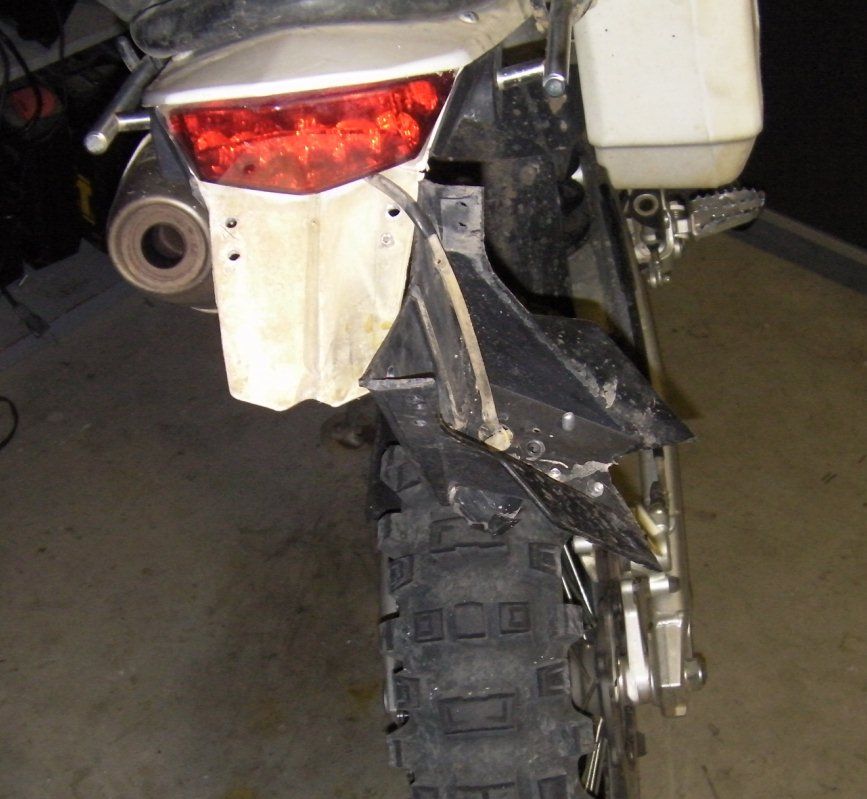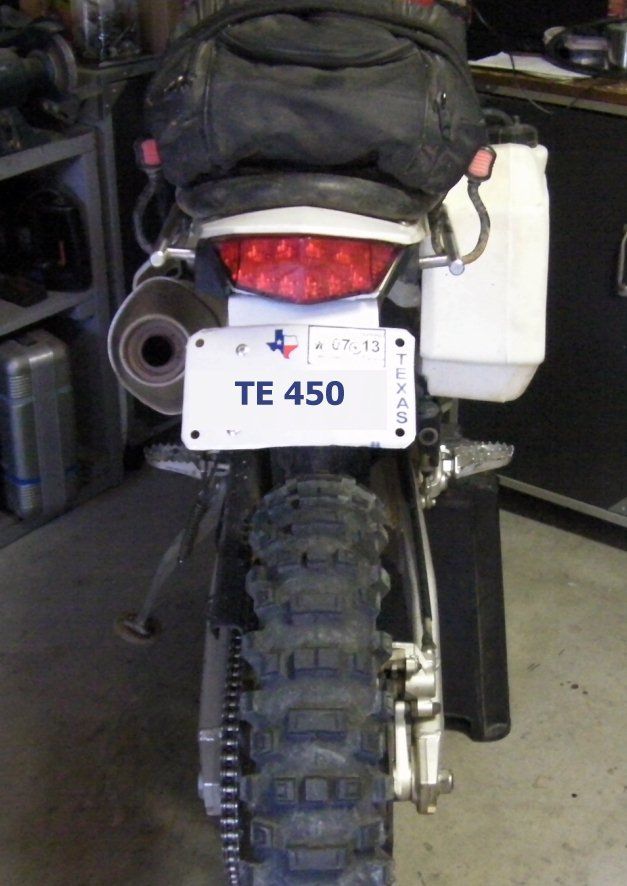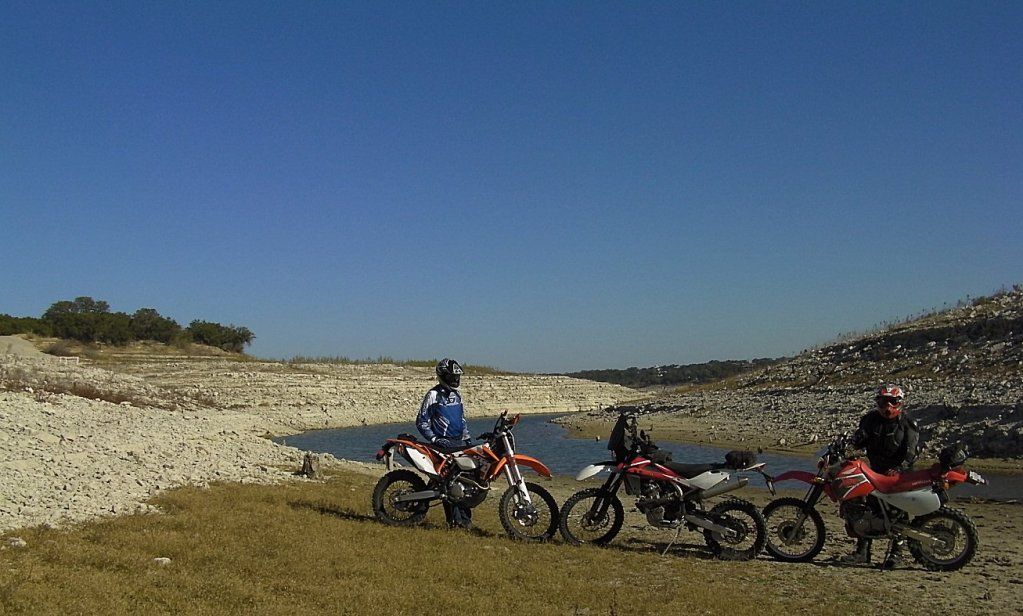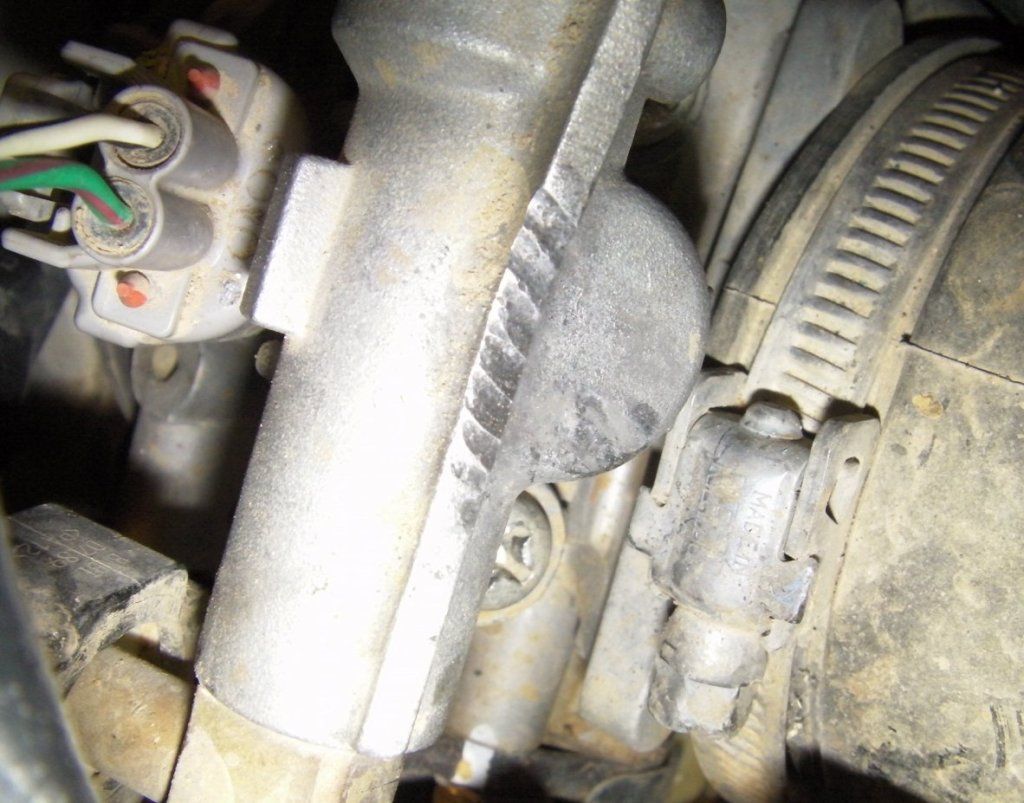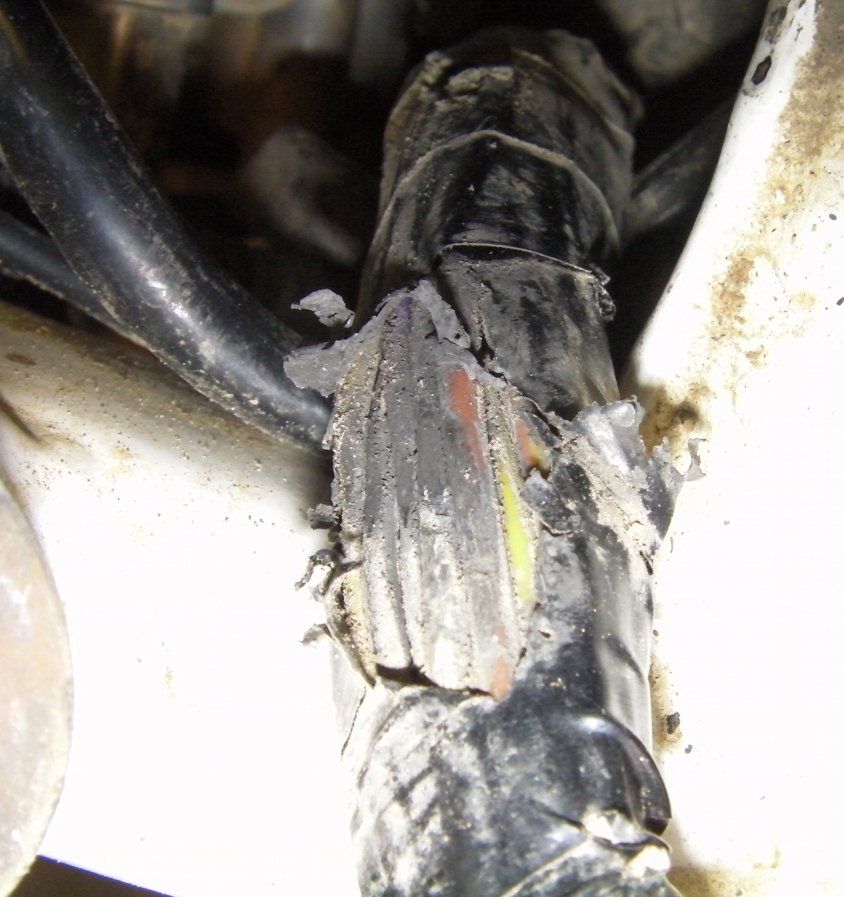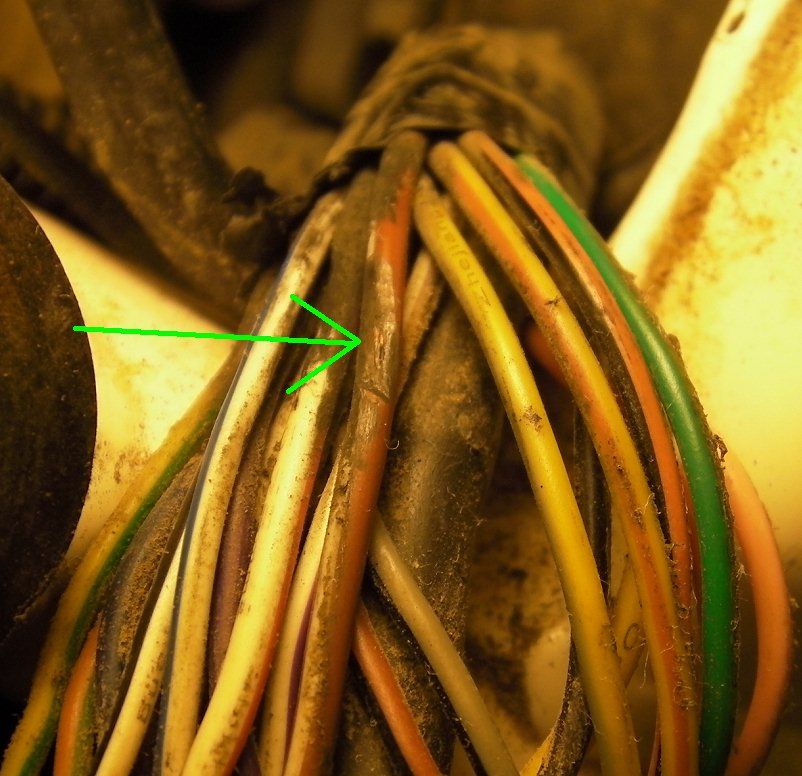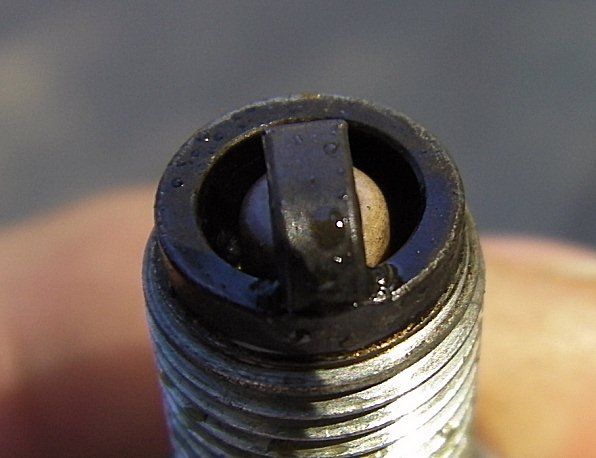OlderHuskyRider
Husqvarna
Pro Class
11,000 mile report
10,000 mile report was on Sept 11th
New fuel filter is doing well, I am getting 35 MPG at 4000-6000 feet elevation on a ride I just finished, about the same mileage I get at home at 1000 feet elevation. The bike ran great on my trip to New Mexico except for one troubling problem: hitting water crossings hard caused the bike to blubber up and die (see pic 2 below, 50 water crossings in 15 miles). It might try to fire back up, but apply any throttle and it would die again. If I could get it started, it might run if I kept the throttle babied, or it might die anyway. Happened again the second day when hitting some smaller puddles but hitting them fast enough that I could feel the spray hard against my boots. After 10 minutes of drying out, the bike would be fine, run just as good as before the dying. I am thinking wet TPS somehow, maybe I have a chafed wire or a connector that has worn all the grease out of it, I also have read that steam from the water hitting first my boots, then deflecting into the hot pipe and then steam getting into the TPS. As long as I tip-toed thru the water, I was OK.


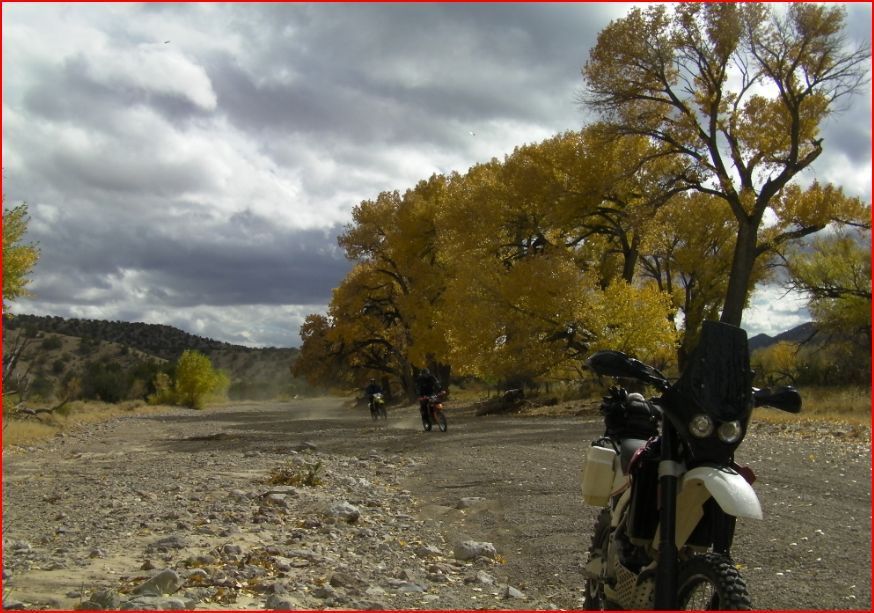
10,000 mile report was on Sept 11th
New fuel filter is doing well, I am getting 35 MPG at 4000-6000 feet elevation on a ride I just finished, about the same mileage I get at home at 1000 feet elevation. The bike ran great on my trip to New Mexico except for one troubling problem: hitting water crossings hard caused the bike to blubber up and die (see pic 2 below, 50 water crossings in 15 miles). It might try to fire back up, but apply any throttle and it would die again. If I could get it started, it might run if I kept the throttle babied, or it might die anyway. Happened again the second day when hitting some smaller puddles but hitting them fast enough that I could feel the spray hard against my boots. After 10 minutes of drying out, the bike would be fine, run just as good as before the dying. I am thinking wet TPS somehow, maybe I have a chafed wire or a connector that has worn all the grease out of it, I also have read that steam from the water hitting first my boots, then deflecting into the hot pipe and then steam getting into the TPS. As long as I tip-toed thru the water, I was OK.








